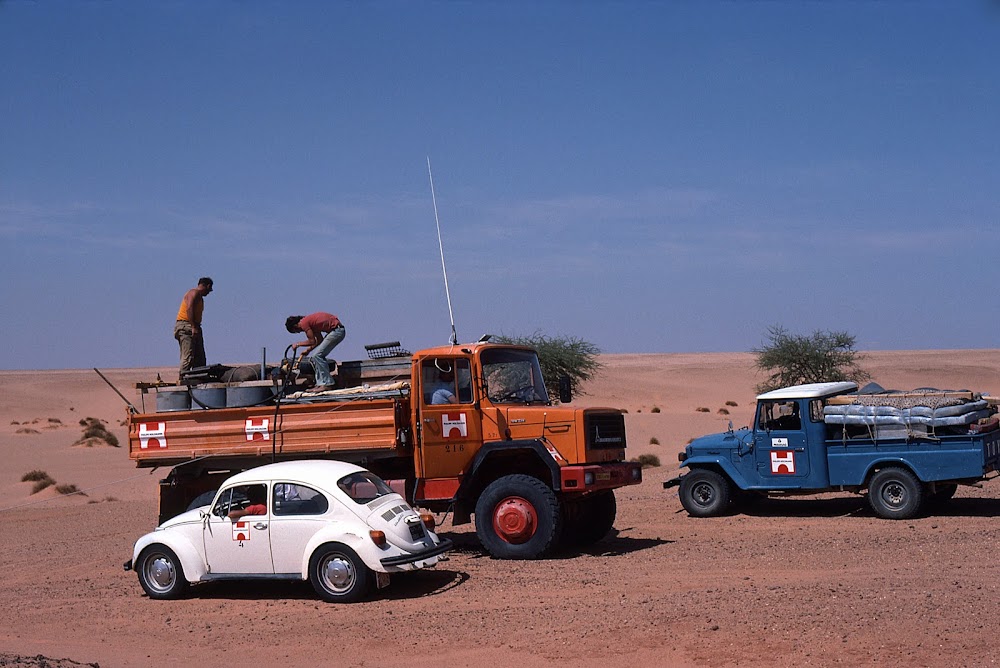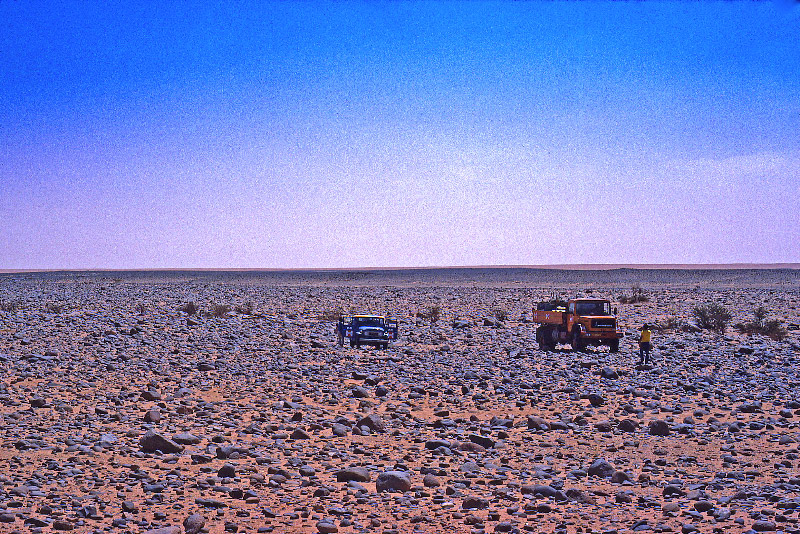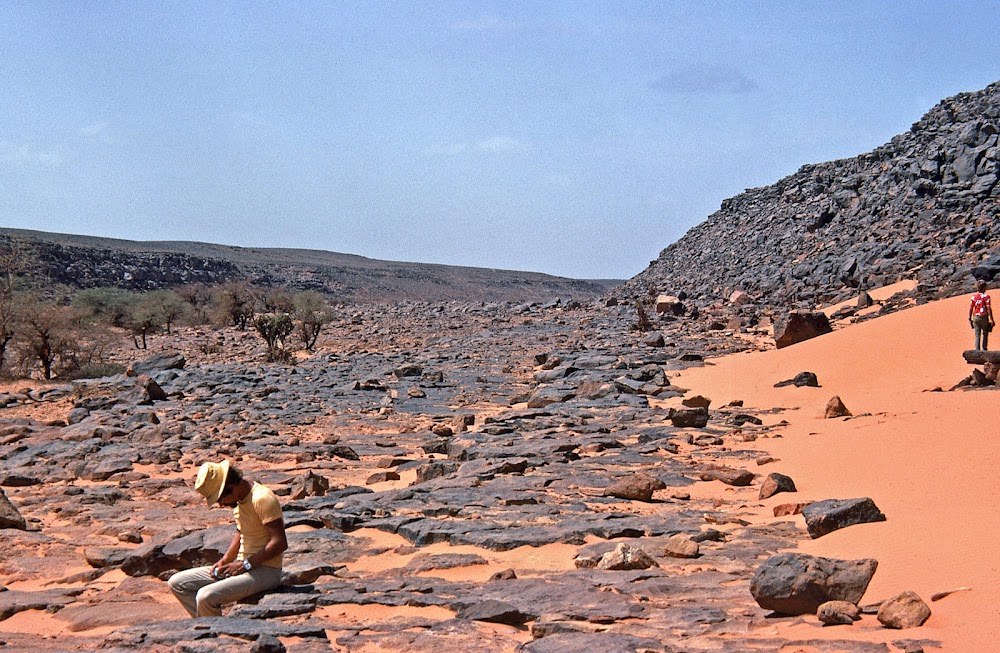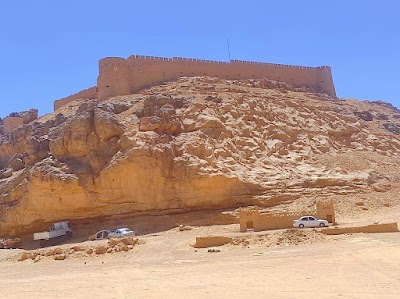Mathendous (ماطندوس)
Overview
Discovering Wadi Matkhendush
Wadi Matkhendush, also known as Wadi Mathendous, is an extraordinary ancient site nestled in the Ghat District of Libya. This remote and mystical wadi, or dry riverbed, serves as a treasure trove of prehistoric rock art that dates back thousands of years. The captivating drawings and carvings offer a valuable glimpse into the lives and cultures of early human societies that once thrived in the Sahara Desert.
The Artistic Legacy of Ancient Saharan People
The rock art found in Wadi Matkhendush is attributed to ancient Saharan peoples who inhabited the region during a time when the climate was much wetter and more hospitable. These skilled artists utilized simple tools—likely sharp stones and other primitive implements—to carve intricate designs into the sandstone surfaces. Their artistry provides a fascinating window into their world, showcasing their creative visions and daily lives.
Insights into a Changing Environment
The carvings depict a variety of scenes that illustrate the environmental and cultural shifts occurring over millennia. Among the most striking images are portrayals of large animals such as elephants, giraffes, crocodiles, and rhinoceroses—creatures that once roamed the lush savanna that was the Sahara. These depictions suggest that the region was once teeming with wildlife, starkly contrasting with its current arid landscape.
In addition to animal figures, the rock art features engravings of human figures engaged in hunting and herding activities. These scenes indicate that the inhabitants practiced early forms of domestication and agriculture, providing archaeologists and historians with critical insights into how these societies adapted to changing climates and resources over time.
A Historical Timeline of Artistic Expression
The carvings in Wadi Matkhendush are believed to have been created over several periods, some dating back as far as 12,000 years. The variation in style and subject matter reflects the evolving artistic expressions and cultural practices of the people who called this region home throughout such an extensive timeframe.
Conservation Efforts
Preserving Wadi Matkhendush's rock art is crucial, as these carvings are vulnerable to erosion, vandalism, and the harsh desert environment. Various initiatives have been launched to document and protect these invaluable artifacts. Researchers employ advanced techniques such as photogrammetry and 3D modeling to create detailed records of the rock art, ensuring that future generations can access this information, even if the physical carvings degrade over time.
A Journey Worth Taking
Today, Wadi Matkhendush stands as a significant cultural and historical landmark, attracting scholars, archaeologists, and adventurous travelers alike. While its remote location may present challenges, those who make the trek are rewarded with a mesmerizing experience that offers profound insights into human history and our ever-evolving relationship with the environment.
Despite the mysteries surrounding the exact motives and meanings behind the rock carvings, their existence serves as a testament to the ingenuity, creativity, and resilience of early human societies. Wadi Matkhendush remains a silent storyteller, whispering tales of a forgotten era to those who venture into its ancient landscape.







